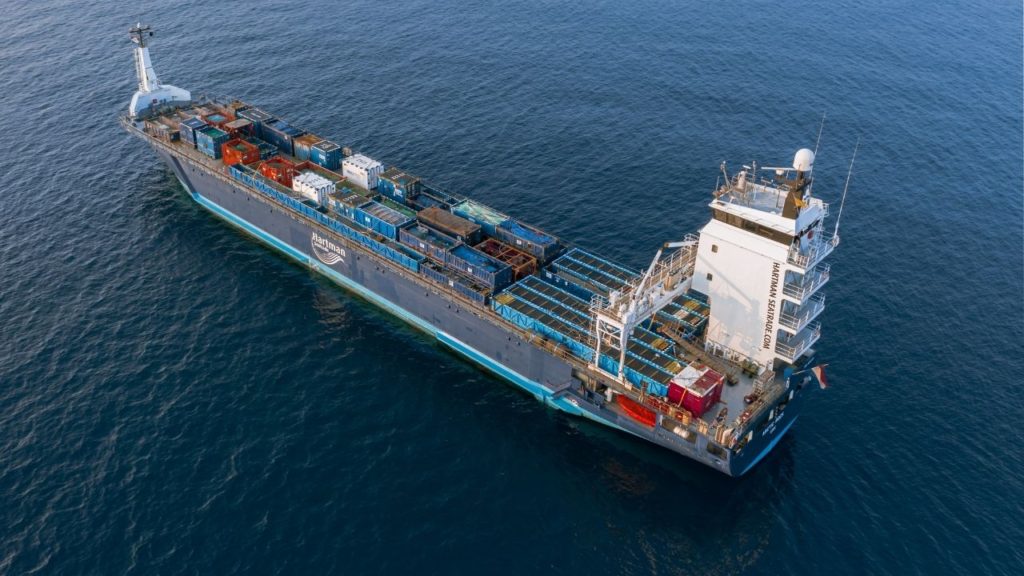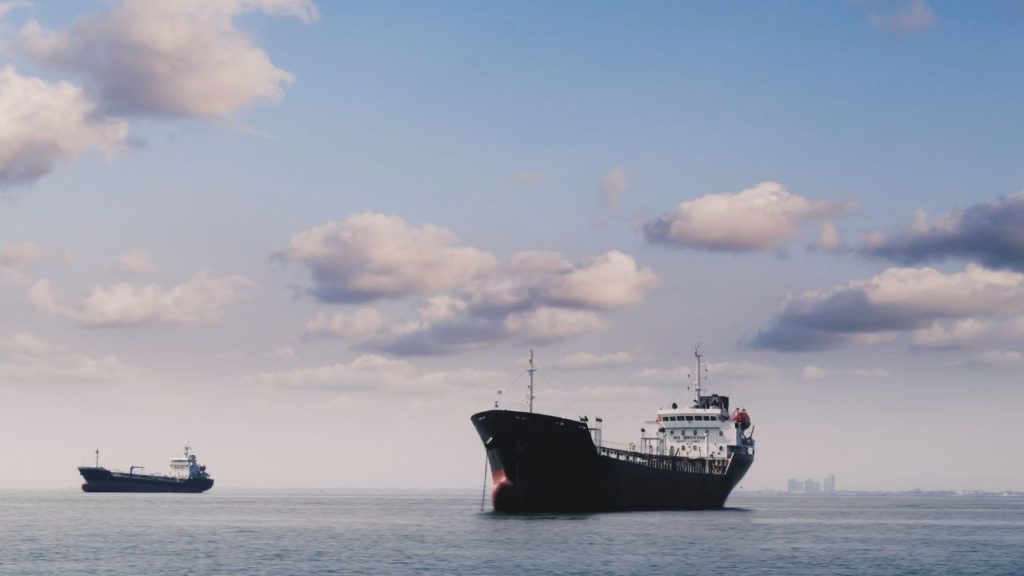Ever Given is an example of a Cargo Ship. Also known as a freighter, cargo ships are vessels particularly designed to carry heavy cargo and materials from one place to another. They often have an in-house crane and other mechanical systems that loads and unloads the cargo to be carried.
Boats, in general, have already been recorded way back in the 4th millennium BCE; however, it was primarily for the transport of humans. Archaeological and historical records show that the use of maritime transport for-trade items seemed to start around the 1st millennium BC. Since the designs of their boats are still primitive, they were only able to carry a few light items with them.
Eventually, in the 14th to 15th century BC, a 16-meter cargo ship from the Mediterranean emerged carrying more and heavier cargo. An example of this is the Uluburun ship, which was found to have carried 20 tons of exotic cargo, 11 tones of raw copper, jars, glass, ivory, gold, spices, and treasures from Greece, Africa, Canaan, and Egypt. Needless to say, cargo ships played a crucial role in expanding trade transactions from one state to another.

And as more people see the utility and great opportunity of transporting products across seas, this sparked a relentless motivation to refine and improve cargo ships. From the Middle Ages up to the present, ships are made to constantly outdo another, thus increasing their capacity in terms of weight, volume, and space.
Although structured differently, there are parts that are present in almost all cargo ships aside from the decks that store the load. The frontmost part of the ship is known as the bulbous bow. It cuts the ocean water through its sides as the ship advances, thus decreasing the drag or resistance of the water and increasing fuel efficiency. Both ends of ships already have thrusters and propellers which enables them to maneuver properly, especially in narrow and congested canals or ports.
The brain of the ship operation is located at the navigation bridge. It houses the pilothouse and has a clear view of the environment around it. On top of it, the mast is mounted, which holds necessary navigation equipment like radars, light, ship horn, and flag, among others.
In contrast, the powerhouse of the ship, the engine room, is found on the lowest deck. It has the main engine, auxiliary engine ( Alternator ), shafting, boiler, freshwater generator, air compressor, pumps, heat exchangers, diesel generators, coolers, and more. Directly connected to that is the funnel, which serves as the chimney of the cargo ship, releasing exhaust gases into the exterior.
Of course, there is also the accommodation division which is the living space for the crew. It has all the basic living needs of the people on board from cabins, kitchens/ galley, bathrooms, offices, to laundry rooms, recreation sections, and sometimes, prayer rooms.
Now, with the countless cargo ships that have been made, they are classified into several types depending on what they carry and how much they can carry.
First, general cargo ships which is the simplest and most basic form of all cargo ships. They are relatively small in size but unlike normal boats or luxury yachts, they can actually carry heavy loads. In fact, these are already pre-equipped with built-in cranes that facilitate the movement of the cargo.
Second are the massive container ships. Coming from what its name suggests, this kind of ship carries containers. Containers are large enclosures that are built to carry freight. If you are wondering why are goods still have to be placed inside containers, it has something to do with efficiency and security. For example, if one has to transport thousands of boxes of washing machines, it would take so much time to individually load and unload them. With containers, they can simply be lifted by crane in just minutes. Moreover, the boxes inside can be placed strategically to prevent any form of damage until they arrive at their destination.
Next, there are bulk carriers. These are small units that specifically carry solid loads like cement, minerals, rocks, grains, and more. On the contrary, there are oil tankers and gas carriers as well, which are ships that have sophisticated storage for their liquid loads. They are noticeably more reliable in terms of structural strength and security to effectively prevent leaking which is extremely harmful to marine life.
Furthermore, refrigerated ships are also used to transport highly perishable goods and maintain their level of freshness. Livestock vessels, meanwhile, are open-air with designated feeding zones which are perfect for live animal transport. Lastly, ro-ro ships have ramps and platforms that enable wheeled vehicles to mobilize through them. There are absolutely more which are not mentioned here, but whatever it is, its difference is mainly about its distinct features that would cater an efficient, safe, and secure transport of a particular thing.
Regardless of what type the cargo ship is, they all need thorough and regular maintenance to ensure that they can operate optimally, prolong their usage longevity, and maximize the ship’s energy efficiency. These maintenance procedures are made by engineers and some crew members who are knowledgeable about the complexity of the ship itself. Usually, maintenance entails simple adjustments, cleaning, part replacement, repair, or elimination of adverse conditions.
There are maintenance types that differ in execution, timing, and purpose. Some of them are as follows:
The preventive maintenance system is a scheduled or planned maintenance that has to be done in a particular time interval. The schedule can be based on the number of running hours (for example, every 5,000 hours), or by calendar days (quarterly, semi-annually, annually). In this type of maintenance, every crucial aspect of the ship is assessed for any kind of malfunction or damage. Once they are detected, the crew then proceeds with the repair phase. Just like what its name says, it is supposed to prevent major unpredictable problems that put everyone at great risk.

On the other hand, there is also maintenance that is carried out when some part of the ship has breakdown before anyone has detected it. This is called corrective or breakdown maintenance. Immediate corrective maintenance takes place more commonly as the damage impairs the ship from doing a crucial function. But, if the machinery failure is not urgent, the repair can be deferred to the soonest favorable time.
Conveying loads weighing thousands of tons would have been totally impossible a couple of centuries ago. Considering the immense capability of cargo ships today, it can be said they truly are an engineering marvel. And as they evolve further to gain more power and impressive functions, we can expect that the mighty cargo ships will continue to fulfill the world’s demand for efficient and secure transport of goods.
